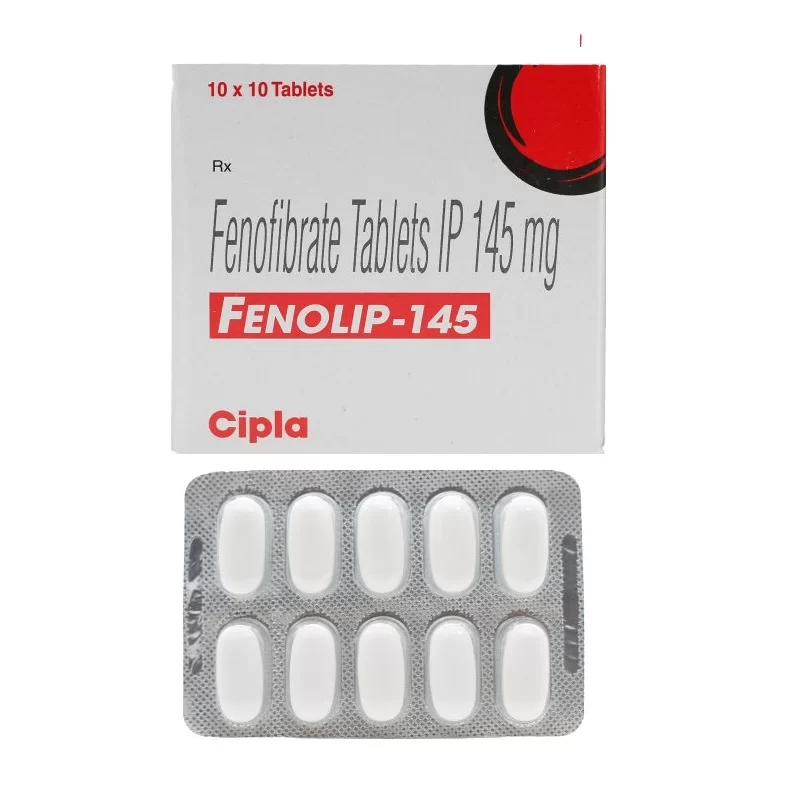FELOGARD 10MG: A Comprehensive Guide to Understand its Uses, Dosage, and Side Effects
Introduction
Welcome to our comprehensive guide on FELOGARD 10MG, a widely used medication known for its effectiveness in managing certain health conditions. In this article, we delve into the uses, dosage, and potential side effects of FELOGARD 10MG. Our aim is to provide you with a detailed resource that not only educates but also empowers you with the knowledge to make informed decisions about your health.
Understanding FELOGARD 10MG
FELOGARD 10MG is a well-known medication containing Felodipine, a calcium channel blocker primarily used to treat high blood pressure (hypertension). By relaxing and widening blood vessels, this medication helps to improve blood flow, thus reducing the strain on the heart and lowering blood pressure levels.
Uses of FELOGARD 10MG
Hypertension Management: FELOGARD 10MG is primarily prescribed for the treatment of hypertension. It effectively lowers blood pressure, reducing the risk of heart-related complications.
Angina (Chest Pain): This medication may also be used to alleviate angina, a type of chest pain that occurs due to reduced blood flow to the heart muscles.
Dosage Information
FELOGARD 10MG comes in the form of extended-release tablets, designed to release the medication slowly over time for sustained efficacy. However, it is essential to follow your healthcare provider's instructions regarding the dosage and duration of treatment.
The usual starting dose for adults is 5mg, taken once a day. Your doctor may adjust the dosage based on your response to the medication. It's crucial to take the medication at the same time every day for optimal results.
Important Precautions
Before starting FELOGARD 10MG, it is essential to discuss your medical history and any existing health conditions with your healthcare provider. Inform them of any allergies, liver problems, heart diseases, or any other medications you are currently taking.
Pregnant and breastfeeding individuals should avoid using this medication, as its effects on fetal development and breast milk are not well-established.
Potential Side Effects
Most individuals tolerate FELOGARD 10MG well, but like any medication, it may cause side effects in some cases. Common side effects include:
- Headache
- Flushing
- Dizziness or lightheadedness
- Swelling of the ankles or feet
- Upset stomach or nausea
While these side effects are usually mild and temporary, it's essential to consult your doctor if you experience any persistent or severe symptoms.
Interactions with Other Medications
FELOGARD 10MG may interact with certain medications, potentially affecting their efficacy or causing unwanted side effects. It's crucial to inform your doctor about all the medications, supplements, or herbal products you are taking to avoid potential drug interactions.
Overdose and Emergency Information
In case of accidental overdose, seek immediate medical attention or contact your local poison control center. Overdosing on FELOGARD 10MG may lead to symptoms such as severe dizziness, fainting, rapid heartbeat, or difficulty breathing.
How to Store FELOGARD 10MG
Keep FELOGARD 10MG tablets in their original packaging and store them at room temperature, away from moisture and direct sunlight. Ensure that the medication is kept out of reach of children and pets.
Conclusion
FELOGARD 10MG is a widely used medication known for its efficacy in managing hypertension and angina. As with any medication, it is essential to follow your doctor's advice and adhere to the prescribed dosage. Remember to discuss any concerns or potential side effects with your healthcare provider promptly.










